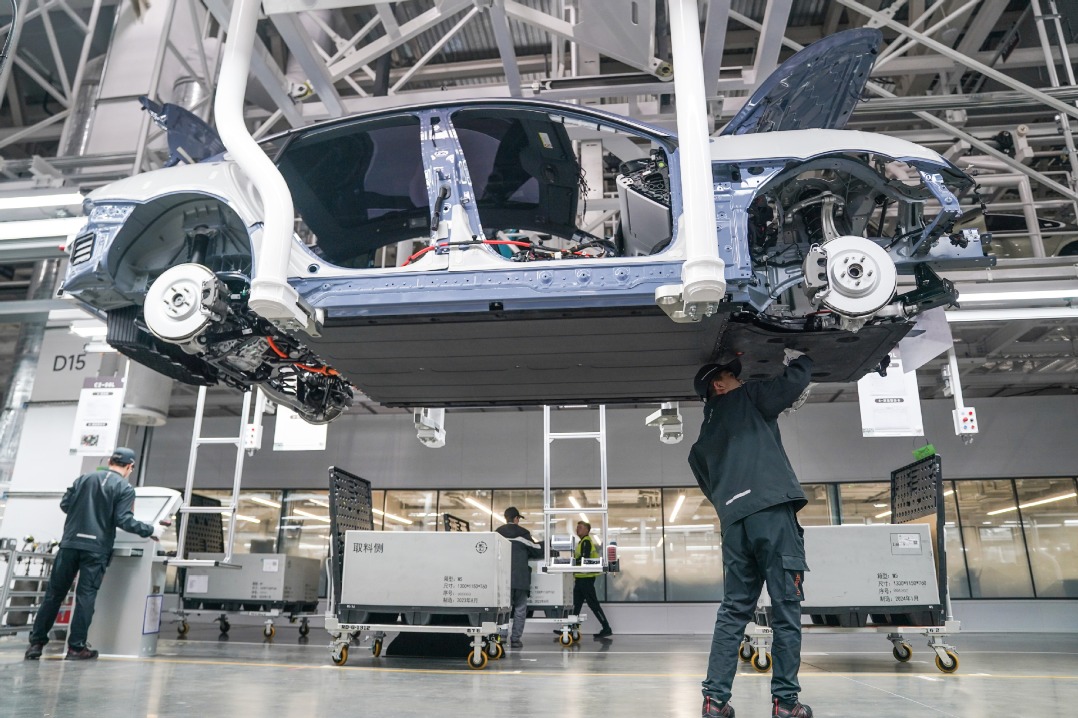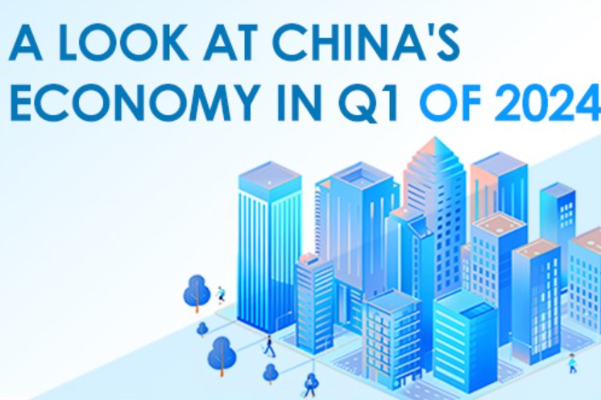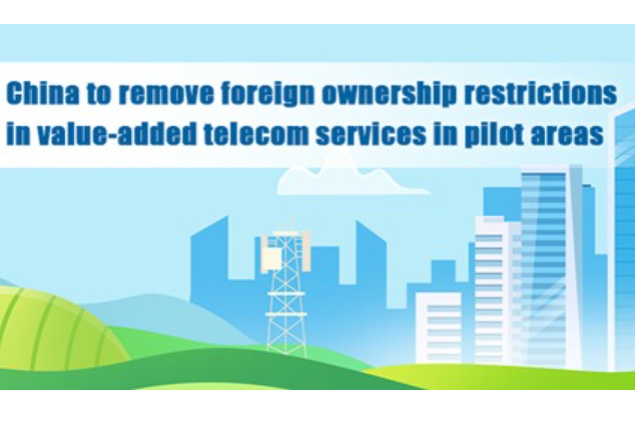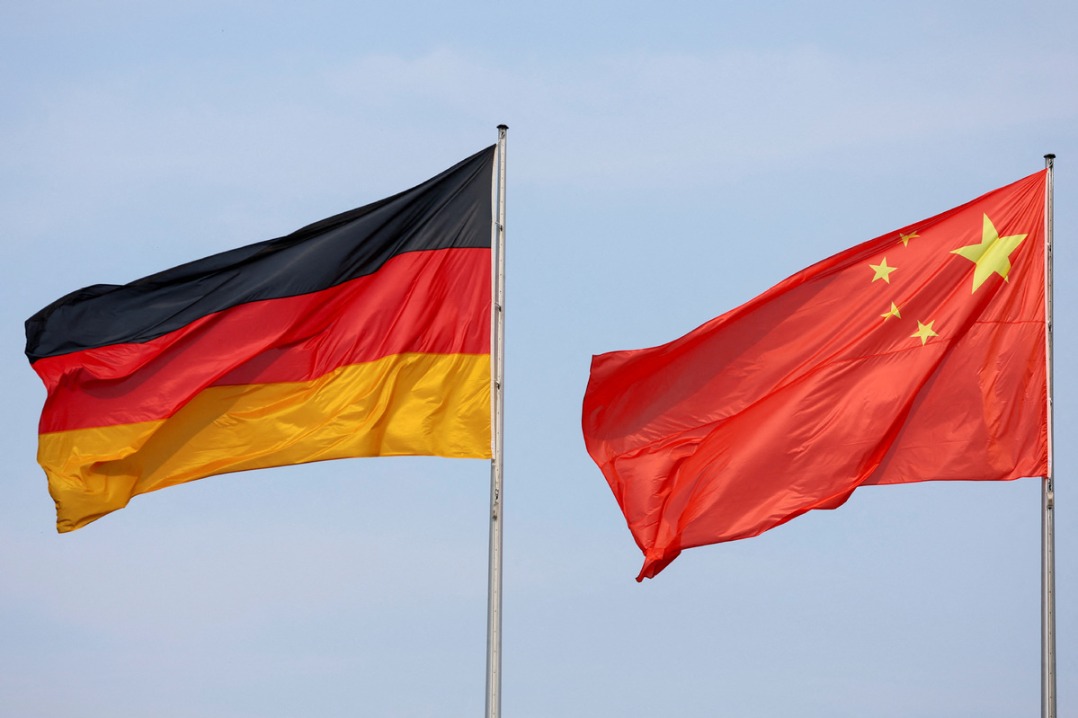Nation weans solar sector off subsidies on commercial maturity

China has been active in the deployment of solar photovoltaic or PV power generation, a fast-growing renewable energy technology in the world, and has been reducing subsidies in the sector as the technology's commercial maturity deepened in recent years.
In the latest move, China has implemented a new "subsidy bidding" mechanism in the solar PV sector, with subsidies lower than market expectations.
The National Energy Administration on July 11 announced the results of state subsidy bidding for PV power generation projects in 2019.
A total of 3,921 projects will be included in the state bidding subsidies in 2019, covering 22 provincial-level areas.
The total installed capacity is about 22.79 million kilowatts. It is estimated that the annual subsidy demand is about 1.7 billion yuan ($247.81 million), said the NEA in a statement.
"The subsidy is much lower than market expectations: 22.79 million kilowatts of projects will only receive about 1.7 billion yuan in subsidies, which is less than the annual budget quota of 2.25 billion yuan previously put forward by authorities," said Liu Shuai, an analyst of China's public utilities, new energy and environmental protection at UBS Securities.
"The subsidy bidding mechanism is a major reform and innovation. The PV power generation development will be more market-oriented and the signal of subsidy decline will be clearer," said the NEA statement.
As PV costs have been relatively high, PV power generation can hardly compete with conventional technologies. Subsidies are usually necessary at the beginning of a new sector. As PV is on its way to fully commercial technology, the costs for PV continue to fall as well as the need for subsidies.
The latest projects to be included in the national subsidy bidding are only a part of the national PV power generation construction this year.
In addition to household PV projects, PV poverty alleviation projects and others, the construction of PV power generation projects this year will be about 50 million kilowatts, said the NEA statement.
As the construction period of PV projects is short, there will be a significant demand for products in sectors like PV glass and silicon materials, Liu said.
By the end of 2018, the installed capacity of PV power generation reached 174 million kilowatts and the annual power generation capacity reached 177.5 billion kilowatthours, ranking first in the world, which played a key role in energy transformation.
On the other hand, the rapid growth of PV power generation also brings about an expansion of subsidies and other issues, which need to be addressed to promote the transformation of PV power generation from high-speed growth to high-quality development.
According to the Ministry of Finance, the total subsidy budget for new PV projects will be 3 billion yuan in 2019, of which 750 million yuan will be used for household PV (equivalent to 3.5 million kilowatts) and 2.25 billion yuan will be used for subsidized bidding projects (excluding PV poverty alleviation).
The purpose of this year's 3 billion yuan subsidy is to support "this year's "new PV power generation projects, ensure that PV power generation and upstream manufacturing industry maintains an appropriate development speed, according to a statement of the NEA released in May this year.
MOST POPULAR
- 1 A look at China's economy in Q1 of 2024
- 2 China to remove foreign ownership restrictions in value-added telecom services in pilot areas
- 3 Query service of A Guide to Working and Living in China as Business Expatriates launched
- 4 Clear negative lists to speed up services trade
- 5 Canton Fair opens in China with surge in overseas purchasers
Editors' Picks
 Infographic:
How to understand China's production capacity
Infographic:
How to understand China's production capacity
 Infographic:
Milestones of China's journey to space
Infographic:
Milestones of China's journey to space
 Infographic:
A look at China's economy in Q1 of 2024
Infographic:
A look at China's economy in Q1 of 2024
 Infographic:
China to remove foreign ownership restrictions in value-added telecom services in pilot areas
Infographic:
China to remove foreign ownership restrictions in value-added telecom services in pilot areas
 Infographic:
2023 Sino-German investment and trade in numbers
Infographic:
2023 Sino-German investment and trade in numbers


